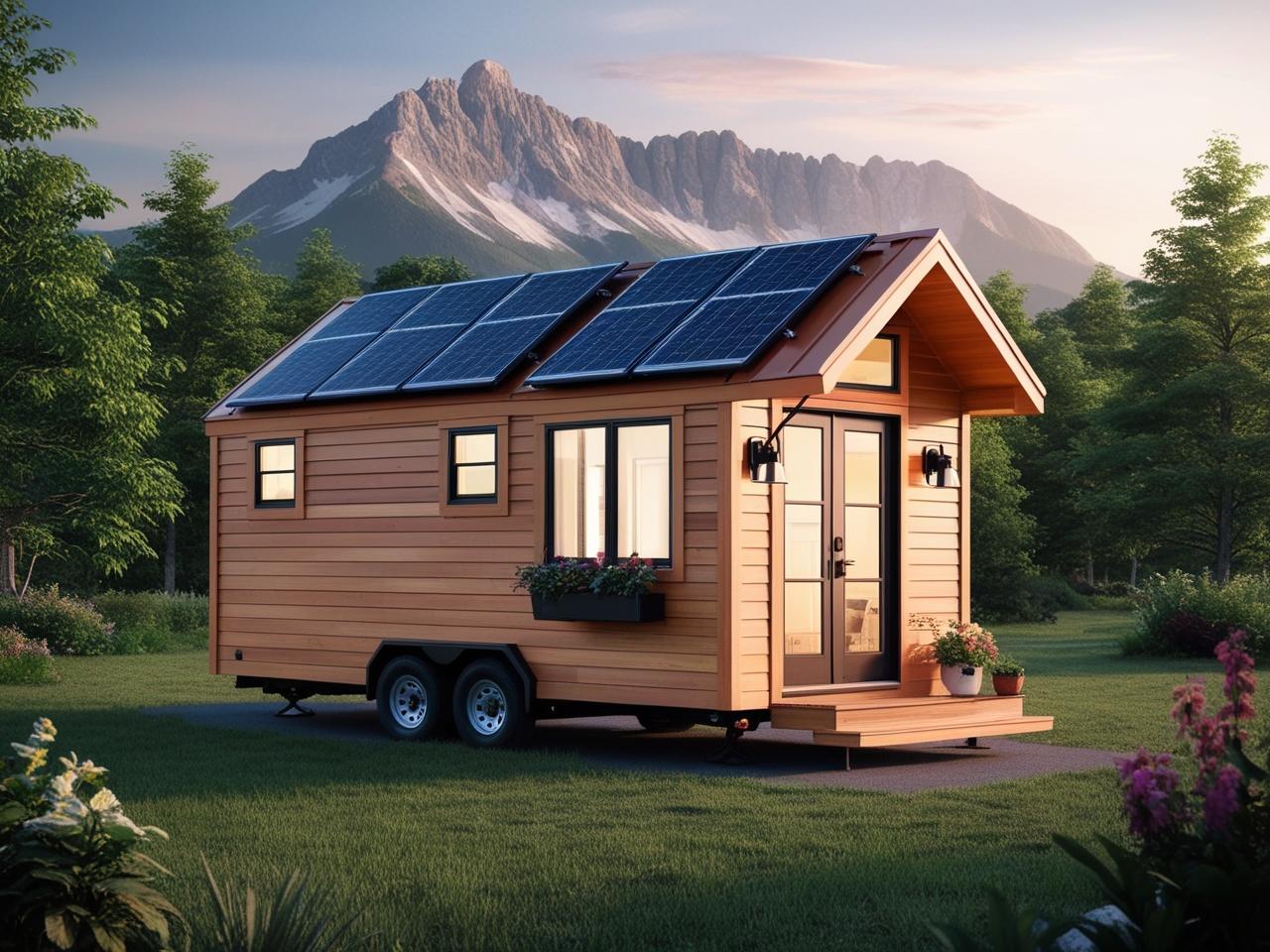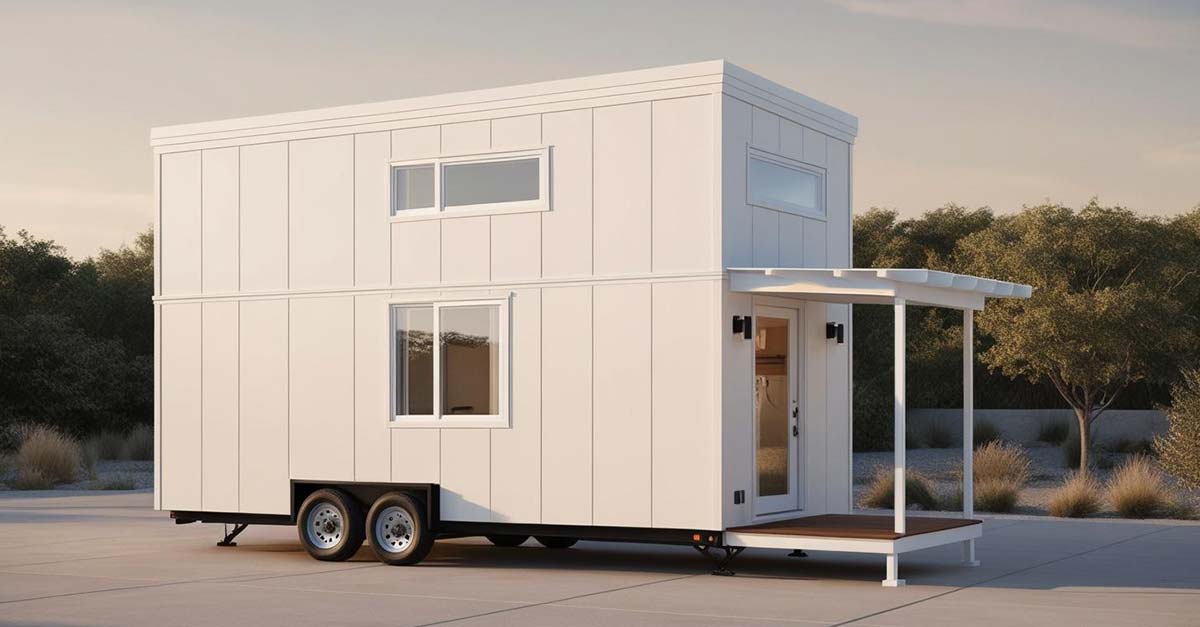Inspiration
Are Tiny Homes a Good Investment in 2025?

In recent years, tiny homes have gone from being a quirky trend to a full-blown housing movement. As we dive into 2025, more people are asking: Are tiny homes a smart investment? The short answer—yes, but let’s explore why tiny homes might be the right fit for your lifestyle and financial goals.
Lower Maintenance = Less Stress
Tiny homes are significantly easier to maintain compared to traditional houses. With less square footage, cleaning and repairs are quicker and cheaper. From a practical standpoint, this means:
- Fewer repairs and upgrades
- Lower utility bills
- More time for you—not fixing stuff
This is ideal for minimalists, frequent travelers, or even retirees looking to downsize without giving up comfort.
Flexible Location and Mobility
Many tiny homes are built on trailers, allowing you to move with your home. In 2025, where remote work and flexible living are more common than ever, this becomes a huge asset. You can:
- Settle in scenic areas
- Avoid high city rents
- Relocate based on job or lifestyle changes
No long leases. No permanent roots unless you want them.
Buy and Rent Out a Tiny Home for Passive Income
Thinking like an investor? Great.
Tiny homes can generate passive income by being rented out on platforms like Airbnb or Vrbo. Tourists, digital nomads, and even students look for affordable, unique stays. All you need is:
- A good location
- A well-designed tiny home
- A bit of digital marketing
Then watch the income roll in.
Low Investment, Big Potential
Unlike traditional properties that can cost hundreds of thousands, tiny homes can be built or bought for a fraction of that price. According to Tiny House Tech’s 2025 guide, the average cost to build a tiny home in the US or Canada ranges from $30,000 to $80,000.
This makes them accessible for:
- First-time homeowners
- Young couples
- Solo professionals
- Retirees on a budget
For such a low barrier to entry, the return (both financial and lifestyle-based) is impressive.
Additional Advantages in 2025
Here are more reasons why tiny homes shine this year:
- Eco-Friendly Living: Most are designed to be energy-efficient and sustainable.
- Customization: You can design a space that’s uniquely you.
- Faster ROI: Smaller loans = faster payoff = quicker profit.
- Community Growth: Tiny home villages and communities are popping up across North America.
- Zoning Law Evolution: Many cities are adapting their zoning laws to include tiny homes, making it easier to own land and build legally.
For a visual breakdown of tiny home life in 2025, check out this YouTube video for real-life insights and walkthroughs.
FAQ
Q: Do tiny homes appreciate in value?
A: Generally, they don’t appreciate like traditional homes. But with rental income and low upkeep, they can still be very profitable.
Q: Where can I park or build my tiny home?
A: Check local zoning laws or join a tiny home community. Many places in 2025 are now tiny-home friendly.
Q: Can I get a mortgage for a tiny house?
A: Not always a traditional mortgage, but there are specific loans, RV loans, or personal loans that apply.
Q: How long do tiny homes last?
A: With proper care, 30–50+ years. Just like a traditional home—just smaller.
Final Thoughts: Is It Worth It?
If you’re looking for an affordable, sustainable, and potentially income-generating lifestyle shift, then tiny homes are absolutely a good investment in 2025.
Whether you’re seeking a simpler life, a mobile lifestyle, or a side income stream—tiny living might just be your big opportunity.









